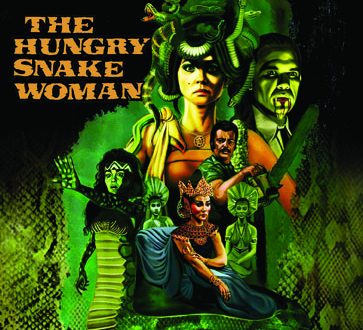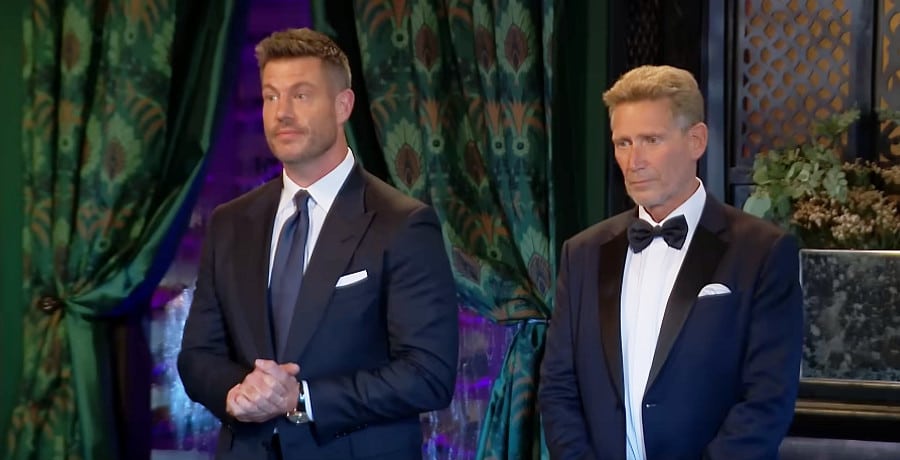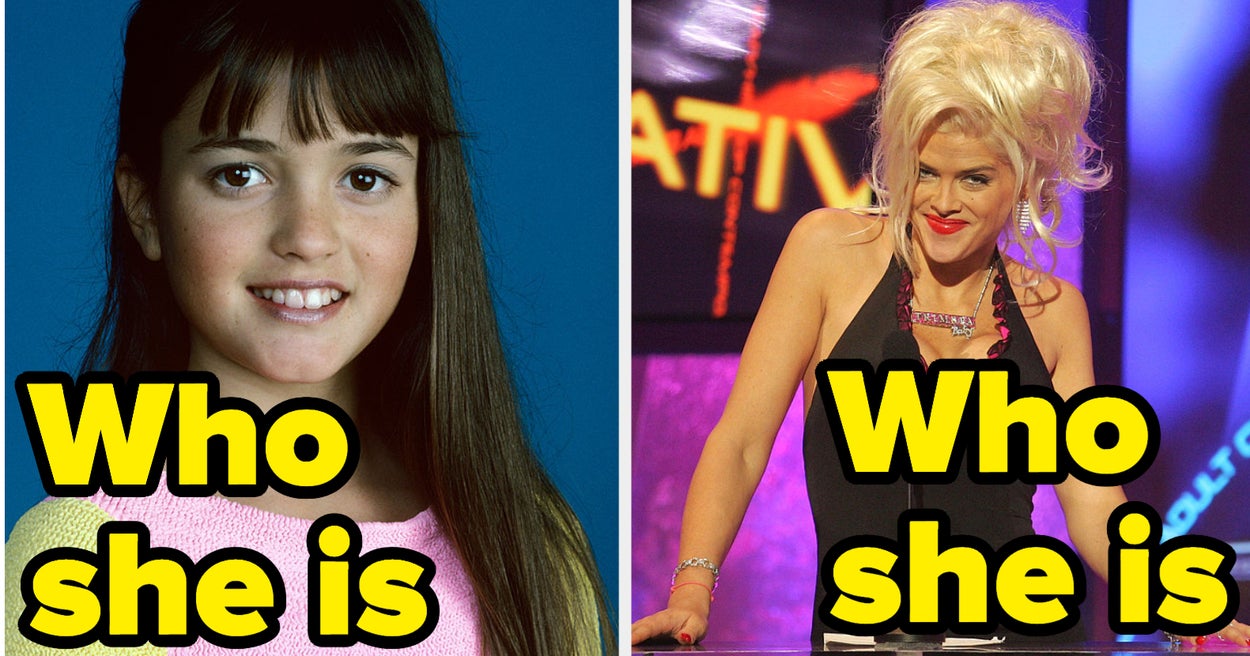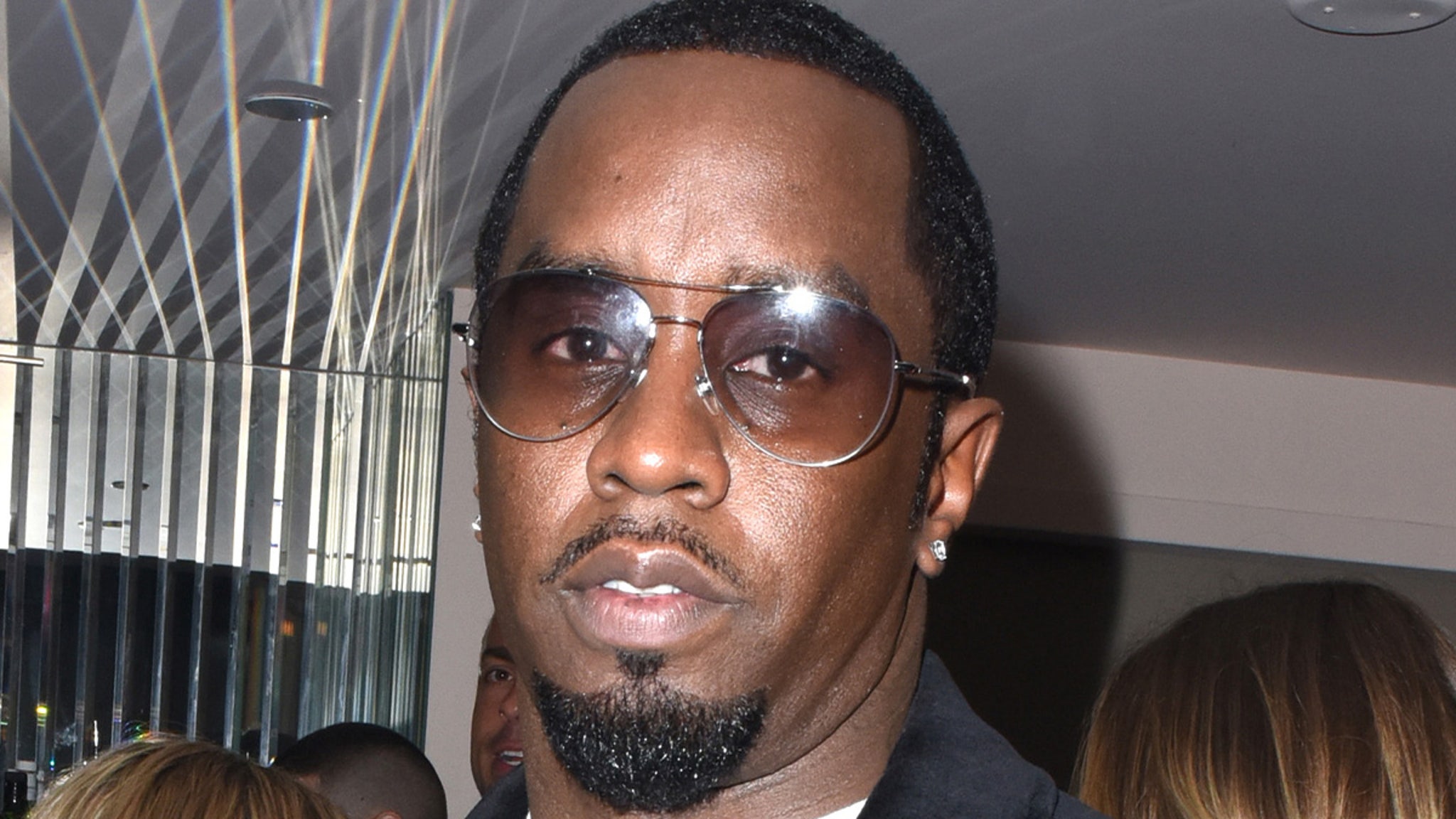Despite the decline in theatrical horror releases during the 1990s, the direct-to-video side of the genre was still thriving. So much so that something like Jeff Burr’s Night of the Scarecrow understandably slipped through the cracks after its unnoticed home-video premiere in ‘96. Even aficionados of this regularly dismissed decade of horror might not be aware of the movie’s existence. Nevertheless, longtime fans still consider this to be one of the more notable offerings of scarecrow horror.
It’s not hard to figure out why Night of the Scarecrow got so lost in the shuffle of ‘90s DTV horror. Jeff Burr claimed only around 12,000 units were shipped back in the bygone days of video shops. Yet, if you came across this movie’s alluring box art in the horror aisle, you couldn’t be blamed for wanting to take a closer look. The alternative artwork — the titular, sickle-wielding villain hangs ominously from his field post — looks too lifeless when placed next to the more menacing and confrontational illustration used for other releases and merchandise, including a single-issue comic book. However, both of these key images strike a nerve about people’s perception of scarecrows. Their humanoid forms, dressed in hand-me-downs and left to waste in open solitude, could be mistaken for corpses.
Supernatural slashers experienced a small and brief surge of popularity in the early half of the ‘90s before Scream brought mortal killers back into style. Night of the Scarecrow seems trendy, but the story originated in 1990. Originally just called Scarecrow, the project was a blatant attempt to capitalize on the Nightmare on Elm Street series. The plans ultimately fell through once the studio, Corsair, went under. Producers Barry Bernardi and Steven White then picked up Reed Steiner and Dan Mazur’s script a few years later. Once Scarecrow landed in new hands, though, the previously projected budget of $5-6 million was reduced to $1.5-2 million. The final product was, of course, sent straight to video, courtesy of Republic Pictures.

Image: Stephen Root’s character is confronted by The Scarecrow.
Evil manifests below the ground in Night of the Scarecrow, yet this B-movie hardly breaks new ground. It’s Burr’s know-how with these kinds of stock horror movies that makes the whole thing come together. After all, the late filmmaker was familiar with ancient evils wreaking havoc in the present; he had just finished the first sequel to Pumpkinhead prior to signing on to this movie. Although truth be told, Scarecrow surpasses Pumpkinhead II: Blood Wings in most technical respects. Director of photography Thomas L. Callaway (Slumber Party Massacre II, Demon Wind) had a lot to do with the unexpectedly gothic look of this production. That’s not to say every visual element here is perfect; the optical effects, according to Burr himself, look “dreadful.” One particular moment where the villain suddenly morphs out of a random haystack (and says “hey there” to John Hawkes‘ character) is always a source of amusement.
Scarecrows don’t tend to top people’s list of common nightmare fuels, but the handiwork of makeup artist David B. Miller (A Nightmare on Elm Street: The Dream Child) could change that. Miller was saddled with a challenge back then: “How do you make a burlap sack look scary?” The artist, as he told Fangoria in 1995, eventually settled on “an asymmetrical combination of a real sack and half a prosthetic facial structure to allow for movement.” It is certainly more complicated than Jason Voorhees’ first-ever headpiece, and it predates a kindred mask worn by Trick ‘r Treat icon Sam. So many times, the more the audience sees of these monsters, the more they become desensitized. In this case, though, the Scarecrow looks unnerving in almost every shot. And Howard Swain‘s sinister body movements along with those all too visible facial expressions beneath the sack are major reasons why.
Admittedly, the story here is as derivative as they come. John Carpenter already nailed the uncanny revenge tale with The Fog long before Night of the Scarecrow cropped up. However, the plot of a hedonistic warlock (John Lazar) returning from the grave after 100 years, now as a malevolent and magical straw man, is a bit more unprecedented. The concept and execution are just different enough to distinguish this movie from the more widely known and similarly titled Dark Night of the Scarecrow — an ’81 made-for-television horror movie also about macabre vengeance — and other stories of spectral retaliation.
“Sins of the father” is an unmistakable theme in this movie. The ostensible protagonist, Elizabeth Barondes’ refreshingly determined character Claire Goodman, returns to her hometown of Hanford after a long absence to question the construction of a new mall on the cornfield. That field was intended to help the whole community, but like in the past, those in power — exclusively Claire’s father (Gary Lockwood) and uncles — only care about their own interests. Film historian Amanda Reyes further dissects the Goodman oligarchy in her article Sex, Lies and Scarecrows: Reflecting on the Night of the Scarecrow. Reyes also says the Scarecrow himself is a “metaphorical rendering of a town, and of a family, constructed through a patchwork history.”

Image: Elizabeth Barondes’ character Claire meets John Mese’s character Dillon for the first time.
While the hoary setup makes it plain as day regarding who the warlock-turned-scarecrow will punish, he’s not opposed to incidental bloodshed as well. Claire’s more neutral relatives, who are still more than happy to look the other way and reap the benefits of their family’s unethical behavior, and a few other unlucky residents pad out the movie’s sizable body count. Burr understood he was making what he himself labeled a “set piece movie.” To compensate for a formulaic and repetitive story, though, he tried to make each of those set pieces equal or better than the last. And, for the most part, Burr achieved his goal. The Scarecrow’s dark journey is paved with only a handful of grisly scenes, but each one leaves a mark. From Claire’s father being consumed by a cocoon of living straw to the visceral “impregnation” of a clergyman’s daughter, this movie fits in well with other prevailing horrors that nearly cross a line. DTV movies in the ‘90s were recognized for their nondiscriminatory and unremorseful violence, and Night of the Scarecrow is no exception.
Burr was once quoted as saying, it was “almost impossible to create a truly breakthrough horror movie in a corporate structure.” He was specifically referring to this movie’s producers who sought a franchise before even finishing the first entry. Burr, who was aware of the irony of a sequel director complaining about franchises, simply wanted to make a good movie, then toy with the idea of a follow-up. Needless to say, talks of Night of the Scarecrow continuing didn’t amount to anything, despite the first movie leaving the story open for a sequel. Financial failure was the real reason a franchise didn’t happen, but keeping this as a one-and-done event was the right choice. And if there was ever a possibility of using all the Freddy Krueger-esque quips purged from the original script in a sequel, then ending things here was definitely for the best. The Scarecrow didn’t need a personality other than “seek and destroy.” It’s his largely straightforward demeanor that makes the movie’s horror bits so potent.
At the time, Jeff Burr feared Night of the Scarecrow would end up being only a “good formula movie.” As understandable as his concerns were, sometimes that is exactly what horror fans want. A well-made genre story with set pieces so vivid that they become etched in viewers’ minds even after years of not seeing the movie. It’s hard to come by this hidden gem now that Olive Films is defunct and their beautiful re-release is out of print, but here’s to hoping that’s not the last we see of one of the most frightening scarecrows to ever escape the cornfield.

Image: Gary Lockwood’s character’s body is taken over by straw.


























































![Mason Ramsey – Twang [Official Music Video] Mason Ramsey – Twang [Official Music Video]](https://i.ytimg.com/vi/xwe8F_AhLY0/maxresdefault.jpg)




















